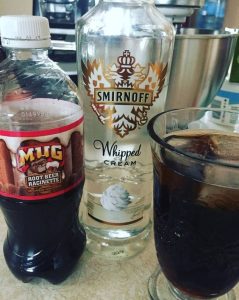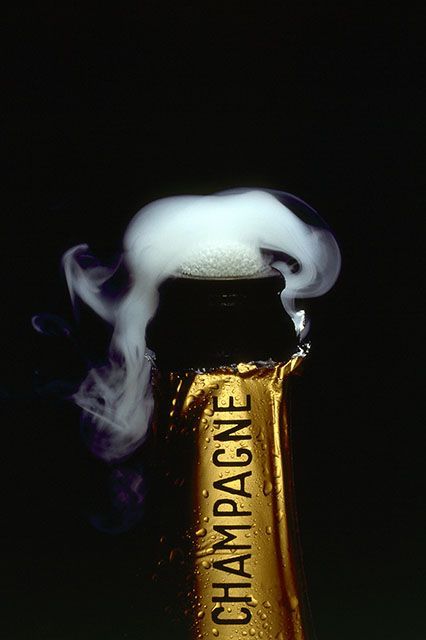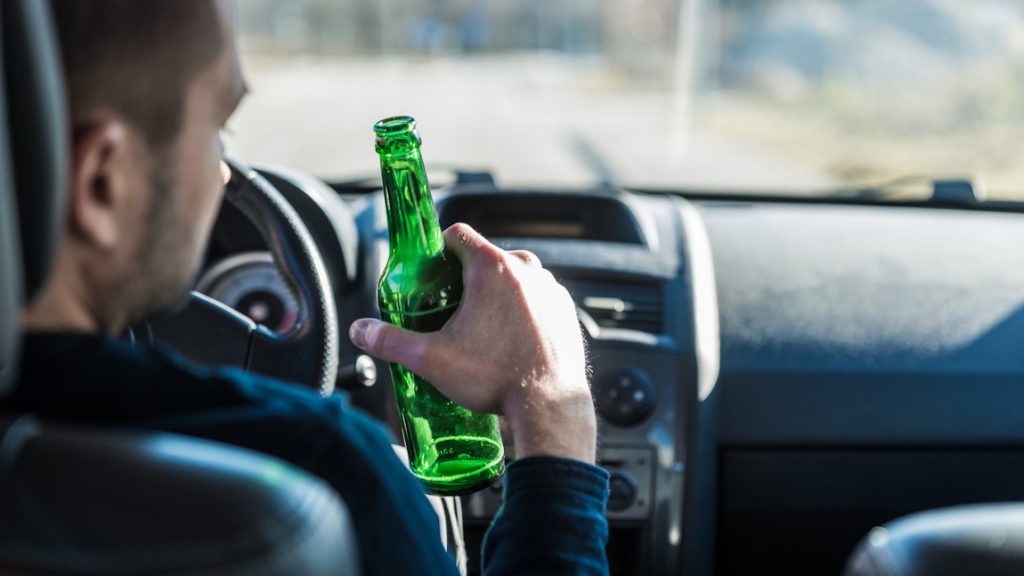
In recent years, there has been a growing trend in abstaining from or reducing alcohol consumption. According to the 2023 Gallup poll, 62% of adults under 35 report frequent drinking, a 10% decrease since 2003. This shift is attributed to evolving social norms, changing demographics, and overall health concerns. If statistics aren’t convincing enough, the rise of alcohol-free cocktail menus, the sober curious movement, and enticing alcohol alternatives demonstrate that reducing alcohol intake is officially mainstream. The unnamed reward of a sober lifestyle? Improved skin health.
The Impact of Alcohol on Your Skin
“Alcohol is, in fact, one of the worst and most aggressive compounds that damages the skin,” says Jairo Rodriguez, a New York nutritionist whose clientele includes fashion designers and Vogue editors. Rodriguez breaks down the exact effects of alcohol on the skin and the benefits of abstaining or reducing alcohol consumption.

Dehydration and Inflammation
Rodriguez notes that consuming at least two alcoholic drinks daily categorizes as harmful to your skin, affecting all mucous membranes from the pancreas to the liver and, notably, the face. This can manifest as noticeable dehydration, as alcohol reduces the skin’s fluid content. “If you compare someone who has been drinking for 20 or 30 years to someone of the same age who abstains, you’ll see a significant difference in skin quality,” says Rodriguez, listing dehydration-induced wrinkles as a major factor.
For those who’ve experienced facial redness after a cocktail or a glass of wine, this flushing is attributed to inflammation. “Alcohol induces tissue inflammation, and the systemic inflammation caused by alcohol generates histamine reactions, resulting in skin redness and flushing,” explains Rodriguez. Initially dismissed as minor, prolonged alcohol consumption can lead to persistent facial redness that becomes challenging to overcome.
Changing Habits to Rescue Your Skin
Fortunately, the solution lies in thoughtfully changing your daily routine and your body’s adaptive abilities. “Your skin, like any other organ, has regenerative capabilities,” says Rodriguez. “The extent of regeneration depends on the damage caused. If you’ve been drinking for 15 to 20 years and stop, that’s good, but can your skin recover to a normal 50-year-old level? Once you damage collagen, it’s challenging to fully bounce back.”
For those uninterested in complete abstinence, a few simple steps can help protect your complexion.
Drink Less Often
“When you’re 20, it takes about three hours for the body to eliminate a drink,” says Rodriguez. “By the time you’re 40, it averages 33 hours. If your transit time is three hours, you can drink on Monday, and it’s out of your system by Tuesday. If you’re 40, don’t drink until Wednesday after drinking on Monday. Aim for once or twice a week—lower intake means less harm to your skin.
Choose Your Alcohol Wisely
“Different alcohols have different effects on the skin, but generally, the clearer, the better—vodka, gin, and tequila are expelled from your system more quickly,” advises Rodriguez. “If you’re going to drink anything, in my view, opt for grain-free vodka, like potato vodka. It’s clearer, smoother, and can enter and exit your body without issues.”
Stay Hydrated
A general rule of thumb: drink a glass of water for every cocktail. “If you’re going to drink water, use it to hydrate to increase the diuretic effect,” says Rodriguez. “Mothers have been saying this for the past two thousand years, but if your mother said it, no one would listen.”



